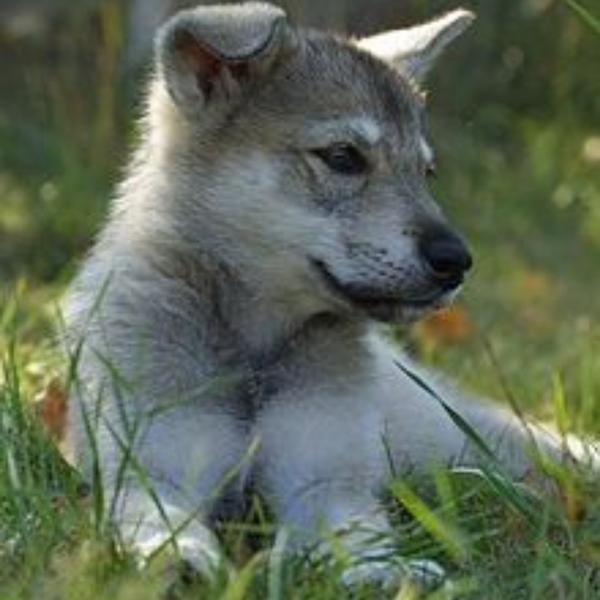Labraheeler vs. Tamaskan: Breed Differences and Similarities
Hypoallergenic
Are Labraheelers or Tamaskans hypoallergenic, or neither?
Unfortunately, neither Labraheeler nor Tamaskan are hypoallergenic, which may not make them the best choice for dog lovers who suffer from pet allergies.
Watchdog Ability
Which dog breed makes a better watchdog, the Labraheeler or Tamaskan?
Labraheelers are decent watchdogs - they'll alert their owner if something seems amiss.
Avoid Tamaskans as watchdogs - they're not effective.
Ancestry
What are the origins of Labraheeler and Tamaskan breeds?
Australian Cattle Dog and Labrador Retriever
Siberian Husky, Alaskan Malamute, German Shepherd
Date of Birth
When were Labraheeler and Tamaskan breeds first developed?
Unknown
1980s
Eye Color Possibilites
What are the eye colors of Labraheeler and Tamaskan dogs?
Blue
Hazel
Brown
Hazel
Brown
Amber
Nose Color Possibilites
What are the natural nose colors of Labraheeler and Tamaskan?
Black
Brown
Isabella
Black
Coat Color Possibilites
What are the natural colors of the coat for Labraheeler and Tamaskan breeds?
Black
Blue
Red
White
Cream
Brindle
Brown
White
Gray
Black
Red
Coat Length
What is the typical coat length for Labraheeler and Tamaskan breeds?
Labraheelers have coats that can be either short or medium in length.
Tamaskans have medium-length coats.
Coat Density
What is the density of the coat of Labraheeler and Tamaskan?
Coat Texture
What is the hair texture of Labraheeler and Tamaskan?
Straight
Litter Size
What is the usual litter size for Labraheeler and Tamaskan?
A Labraheeler can have a litter of 5-10 puppies on average. However, it's worth noting that the size of the litters can vary greatly. Factors that can influence litter size include the health of the mother, breeding history, and genetics.
A Tamaskan can have a litter of 13-15 puppies on average. However, it's worth noting that the size of the litters can vary greatly. Factors that can influence litter size include the health of the mother, breeding history, and genetics.
Major Concerns
What are the major health concerns for Labraheeler and Tamaskan breeds?
Patellar Luxation
Progressive Retinal Atrophy
Hip Dysplasia
Arthritis
Hip Dysplasia
Cryptorchidism
Minor Concerns
What minor health issues should be kept in mind when owning Labraheeler and Tamaskan?
Elbow Dysplasia
Cataracts
Degenerative Myelopathy
Occasional Tests
What occasional tests are recommended for Labraheeler and Tamaskan breeds?
MRI
CT Scan
Physical Examination
Ultrasound
Radiographs
Urinalysis
Joint Fluid Sample
Complete Blood Profile
Blood Count
Chemical Analysis
Chest X-rays
Complete Ophthalmologic Examination
Electroretinogram (ERG)
X-Rays
Physical Examination
Blood Panel
DNA
Energy
How do the energy levels of Labraheelers and Tamaskans compare?
Labraheelers' high energy levels make them unsuitable for a low-key dog, choose accordingly.
Tamaskans thrive on an active lifestyle due to their high-energy nature.
Exercise Needed
Labraheeler vs Tamaskan exercise need comparison.
The Labraheeler and Tamaskan breeds need a high level of physical activity to maintain a healthy lifestyle. They also make great companions for people who lead an active lifestyle and enjoy running, hiking, or other outdoor activities. These breeds are not suitable for people with a sedentary lifestyle or those who live in small apartments.
Tendency to Bark
Do Labraheelers or Tamaskans bark more/less frequently?
Labraheeler dogs are generally less vocal than other breeds and only bark when necessary, such as to alert their owner or communicate.
Tamaskans bark moderately when necessary and may also bark due to certain triggers like fear, alarm, boredom, greeting, separation anxiety and compulsive barking.
Past times
What are some enjoyable activities and ways to keep Labraheeler and Tamaskan entertained?
Tug-of-war, Running, Swimming, Chasing, Fetch, Hide & Seek, Walks, Chase, Tag, Run, Swim, Go to Park, Road trip, Jog, Play keep away, Play, Nap, Nose work, Walk, Wrestle, Off-leash, Eating Snacks, Car rides, Sunbathing, Go to Beach, Go on Vacation, Go Camping, Hike, Dog Parks, Walking
Herding cattle, Playing fetch, Training, Flyball
Activity Level
Which breed has higher energy, Labraheelers or Tamaskans?
Labraheeler and Tamaskan are high-energy dogs that require a lot of mental and physical exercise. Without proper stimulation and attention, these breeds can become problematic. If you're considering these breeds, be prepared to invest time and effort in their exercise and training.
Walks per Week
How many miles should Labraheeler or Tamaskan walk each week?
There's really no limit to how far you walk your dog as long as they're comfortable. For Labraheeler, it's at least 10 miles / week. Just remember to build distance and stamina gradually over time.
There's really no limit to how far you walk your dog as long as they're comfortable. For Tamaskan, it's at least 18 miles / week. Just remember to build distance and stamina gradually over time.
Activity per Day
Do Labraheelers or Tamaskans require more exercise?
In general most Labraheelers usually need at least 60 minutes of exercise daily. This can be spread across the day and include all sorts of high-energy activities, like walking, running and playing.
In general most Tamaskans usually need at least 70 minutes of exercise daily. This can be spread across the day and include all sorts of high-energy activities, like walking, running and playing.
Grooming
Which breed is easier to maintain in terms of grooming, Labraheelers or Tamaskans?
The Labraheeler is a low-maintenance breed that doesn't require much grooming.
The Tamaskan requires an average amount of grooming compared to other breeds.
Brushing Frequency
What is the recommended brushing frequency for Labraheeler and Tamaskan dogs?
Labraheeler and Tamaskan should be brushed at least once a week. Of course, you can give them more frequent brushes if you find that they are still shedding a lot.
Brushing Tools
What brushing tools are used for Labraheelers and Tamaskans?
Pin Brush
Comb
Nail Clipper
Slicker Brush
Nail Clipper
Cups
How much food should be given to Labraheeler or Tamaskan in cups?
For an average 19-25 pound (9 - 11 kg) Labraheeler feed 2.5 cups daily. But, keep in mind, the amount you feed is going to be dependent on the quality of the food you are feeding.
For an average 65-95 pound (29 - 43 kg) Tamaskan feed 3.5 cups daily. But, keep in mind, the amount you feed is going to be dependent on the quality of the food you are feeding.
Daily Cost
Which breed has a higher daily cost, Labraheeler or Tamaskan?
The average cost of a Labraheeler is somewhere $1.70 - $2.00 per day.
The average cost of a Tamaskan is somewhere $2.10 - $2.80 per day.
Monthly Cost
Which breed has a higher monthly cost, Labraheeler or Tamaskan?
The average per month expenses of a Labraheeler is between $48 - $63. This makes an average of $576 - $756 per year. It will be on the higher side when the dog is still small because it will need more frequent visits to the vet, shots.
The average per month expenses of a Tamaskan is between $63 - $84. This makes an average of $756 - $1008 per year. It will be on the higher side when the dog is still small because it will need more frequent visits to the vet, shots.
Intelligence
Comparing Intelligence: Labraheelers vs Tamaskans
The Labraheeler and Tamaskan breeds are considered highly intelligent and very easy to train.
Affection Dependance
Which is the more affectionate dog breed: Labraheeler vs Tamaskan?
Dog Friendly
Which breed is more sociable with other dogs: Labraheeler or Tamaskan?
Labraheelers are friendly and active companions, and can be good family pets, though their friendliness towards other dogs may vary.
Tamaskans are generally very friendly towards other dogs, with a happy and affectionate temperament.
Playfulness
Which breed is more playful between Labraheeler and Tamaskan?
Labraheelers are very playful, so adopting an older one might be a better option for a more relaxed experience.
Tamaskans are a playful breed that needs daily playtime to be happy.
Trainability
How do the trainability levels of Labraheelers and Tamaskans compare?
The Labraheeler and Tamaskan are breeds of dogs that are known for being very easy to train. They are highly intelligent and eager to please, which makes them a great choice for both experienced and novice dog owners.
Compare Labraheeler with other breeds
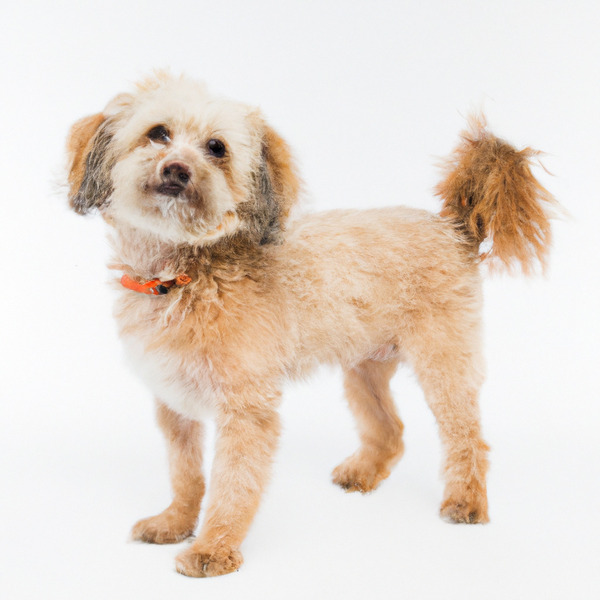
Pomapoo
Labraheeler vs Pomapoo

Double Doodle
Labraheeler vs Double Doodle
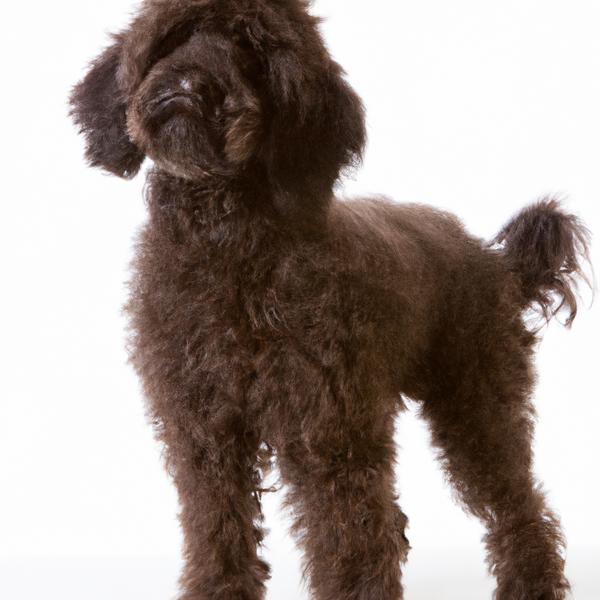
Affenpoo
Labraheeler vs Affenpoo
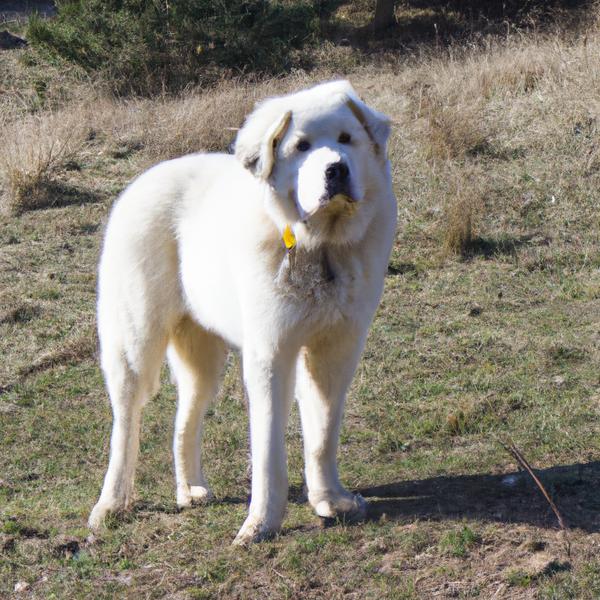
Saint Pyrenees
Labraheeler vs Saint Pyrenees
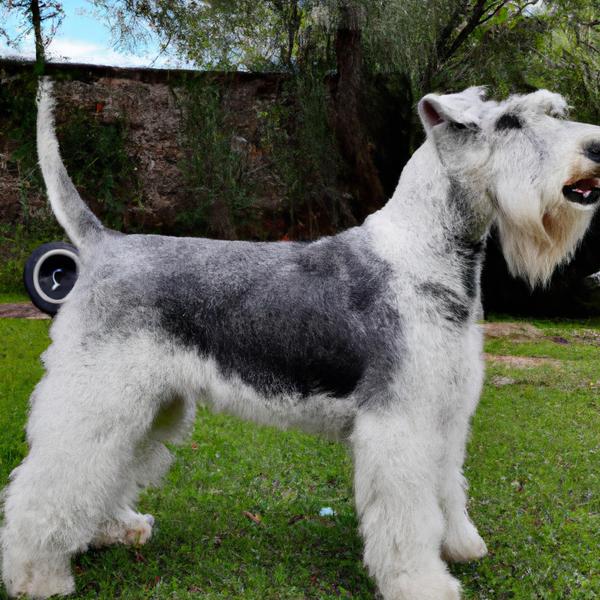
Sealydale Terrier
Labraheeler vs Sealydale Terrier
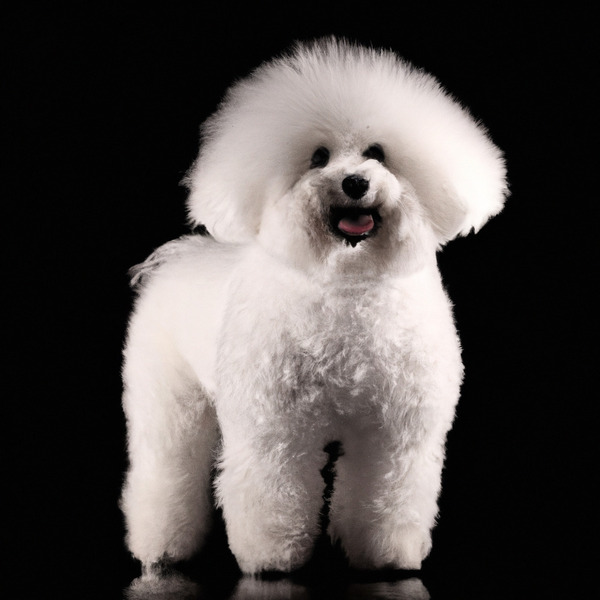
Bolognese
Labraheeler vs Bolognese

Labrador Retriever
Labraheeler vs Labrador Retriever
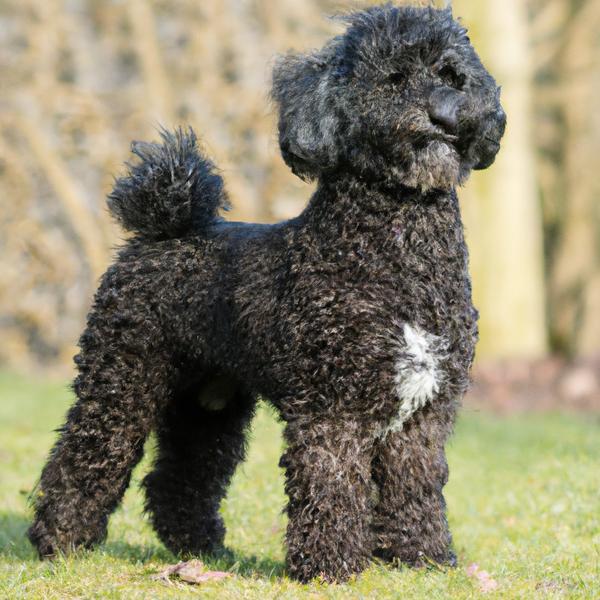
Schipper-Poo
Labraheeler vs Schipper-Poo

Beardoodle
Labraheeler vs Beardoodle
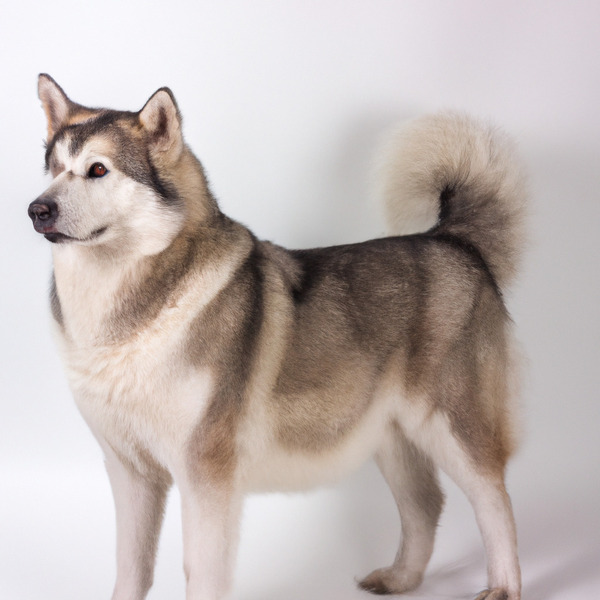
Chusky
Labraheeler vs Chusky
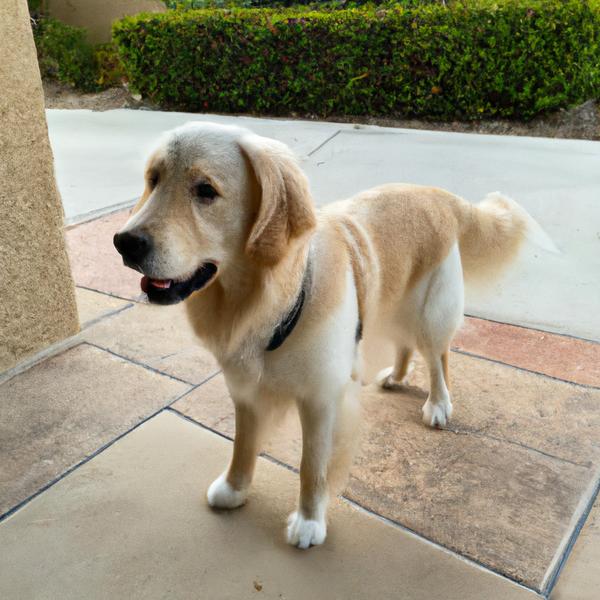
Petite Golden Retriever
Labraheeler vs Petite Golden Retriever

Greybull Pit
Labraheeler vs Greybull Pit

